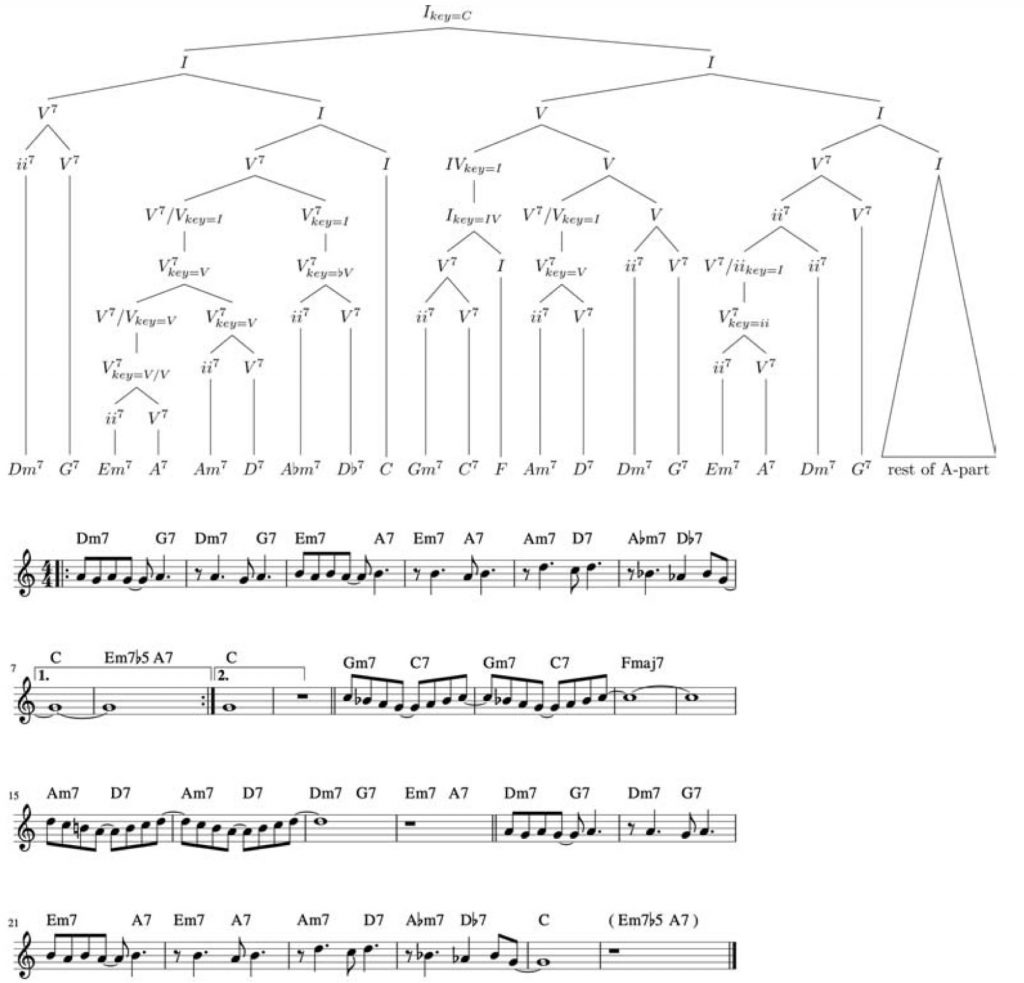The regularities underlying the structure building of chord sequences, harmonic phrases, and combinations of phrases constitute a central research problem in music theory. This article proposes a formalization of Jazz harmony with a generative framework based on formal grammars, in which syntactic structure tightly corresponds with the functional interpretation of the sequence. It assumes that chords establish nested hierarchical dependencies that are characterized by two core types: preparation and prolongation. The approach expresses diatonic harmony, embedded modulation, borrowing, and substitution within a single grammatical framework. It is argued in the second part that the proposed framework models not only core phrase structure, but also relations between phrases and the syntactic structures underlying the main forms of Jazz standards. As a special case, the Blues form relies heavily on the plagal derivation from the tonic and is analyzed in comparison with other analytical approaches to the Blues. The proposed theory is specified to a sufficient level of detail that it lends itself to computational implementation and empirical exploration, and this way it makes a step towards music theory building that embraces the close links between formal, mathematical, and computational methods.
The following example shows a full syntactic analysis of the Jazz standard “Satin Doll”.
